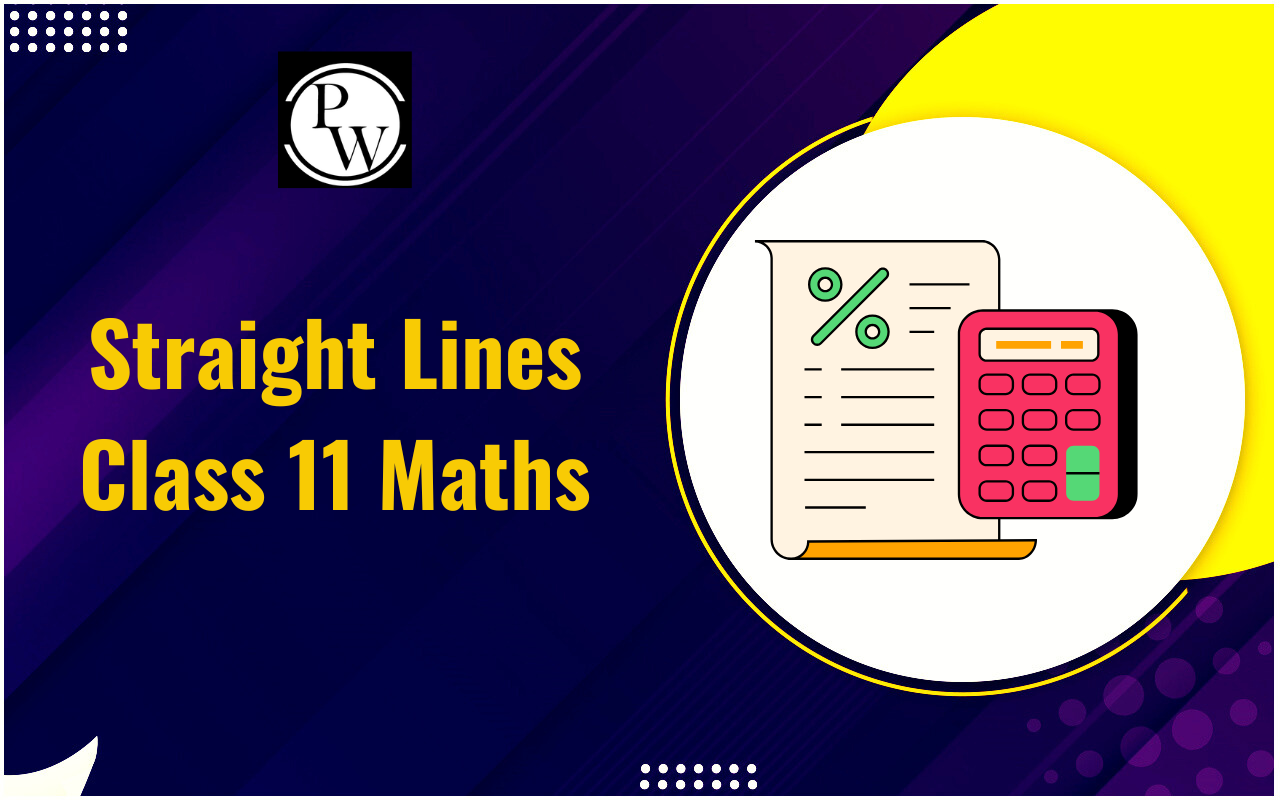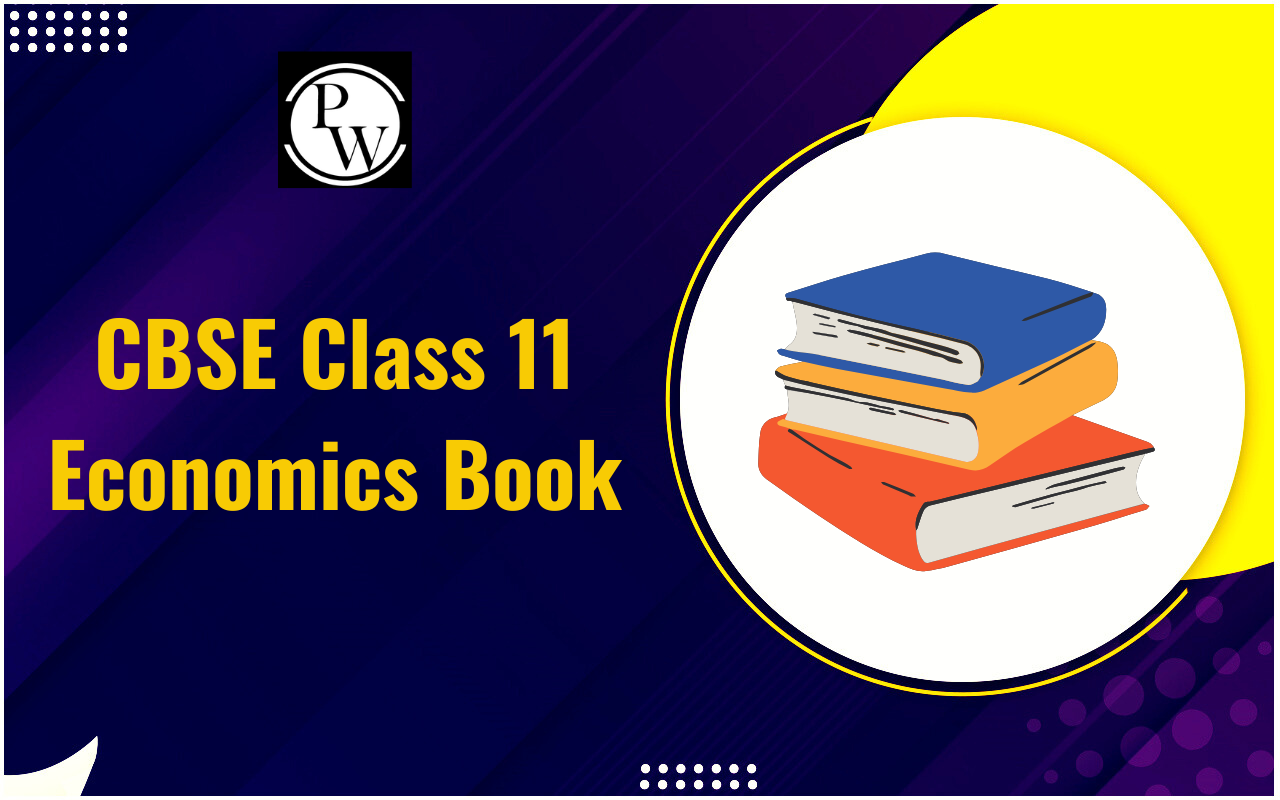
In economics and business, understanding costs is paramount to making informed decisions that drive profitability and sustainability.
Among the various cost concepts, the marginal cost holds a special place, offering insights into how the production or provision of one additional unit impacts the overall cost structure of a business.
The marginal cost formula is a crucial tool for decision-making and strategic planning. Its ability to quantify the additional cost associated with producing or providing one more unit gives businesses the insights to optimize production, set appropriate prices, and allocate resources effectively.
By understanding the formula's implications and limitations, businesses can harness the power of marginal cost analysis to navigate the challenges and opportunities of their respective industries.
In this blog, we delve deep into the concept of marginal cost, explore its formula, and provide real-world examples of its application.
Definition of Marginal Cost
Marginal cost refers to the additional cost incurred when producing or providing one more unit of a product or service. It is a dynamic metric that captures the change in total cost as output changes by a single unit.
Marginal cost is a fundamental concept in microeconomics and is crucial in pricing strategies, production optimization, and decision-making.
At its core, the marginal cost formula is derived from the change in total cost (ΔTC) divided by the change in quantity (ΔQ):
Marginal Cost (MC) = ΔTC / ΔQ
In a mathematical sense, marginal cost represents the derivative of the total cost function concerning quantity:
MC = dTC / dQ
Here, dTC represents a small change in total cost, and dQ represents a small change in quantity.
Marginal Cost Importance
Marginal cost gives businesses insights into the cost implications of producing or providing additional units of their product or service. This information is invaluable when deciding pricing, production levels, and resource allocation. A business can determine whether producing additional units is economically viable by comparing the marginal cost to the price at which a unit can be sold.
Moreover, marginal cost aids in optimizing production levels. Increasing production can lead to increased profit margins when the marginal cost is lower than the price at which the product is sold. Conversely, producing additional units might lead to losses if the marginal cost exceeds the selling price.
Marginal Cost Examples
Let's explore a few real-world scenarios to grasp the marginal cost concept better
Example 1: Manufacturing Company
Consider a manufacturing company that produces smartphones. The fixed costs (costs that don't change with production levels) include expenses like rent for the manufacturing facility and equipment depreciation. Variable costs (costs that vary with production levels) include materials, labor, and energy consumption.
Suppose the company's fixed costs are $500,000, and the variable costs to produce 1,000 smartphones are $300,000. To find the marginal cost of producing the 1,001st smartphone, we can use the marginal cost formula:
MC = (ΔTC) / (ΔQ) = (VC₁₀₀₁ - VC₁₀₀₀) / (Q₁₀₀₁ - Q₁₀₀₀)
Where:
- VC₁₀₀₁ = Variable cost to produce 1,001 smartphones
- VC₁₀₀₀ = Variable cost to produce 1,000 smartphones
- Q₁₀₀₁ = Quantity of smartphones produced: 1,001
- Q₁₀₀₀ = Quantity of smartphones produced: 1,000
If the variable cost to produce 1,001 smartphones is $301,000, the marginal cost would be:
MC = ($301,000 - $300,000) / (1,001 - 1,000) = $1,000
This means that producing one additional smartphone would increase the total cost by $1,000.
Example 2: Bakery
Consider a bakery that produces cakes. The bakery incurs fixed costs such as rent, and variable costs, including ingredients and labor. Suppose the fixed costs are $2,000, and the variable costs to bake 50 cakes are $1,000. To find the marginal cost of baking the 51st cake:
MC = (ΔTC) / (ΔQ) = (VC₅₁ - VC₅₀) / (Q₅₁ - Q₅₀)
Where:
- VC₅₁ = Variable cost to bake 51 cakes
- VC₅₀ = Variable cost to bake 50 cakes
- Q₅₁ = Quantity of cakes baked: 51
- Q₅₀ = Quantity of cakes baked: 50
If the variable cost to bake 51 cakes is $1,020, the marginal cost would be:
MC = ($1,020 - $1,000) / (51 - 50) = $20
Thus, producing the 51st cake would lead to a marginal cost of $20.
Marginal Cost and Decision-Making
Marginal cost analysis extends beyond calculating additional costs per unit. It assists in making informed decisions related to various aspects of a business.
Pricing Strategy
When setting prices for products or services, businesses can use marginal cost as a baseline. If the marginal cost is significantly lower than the market price, the business can consider lowering the price to attract more customers and increase sales volume. Conversely, adjusting the price upwards might be necessary to ensure profitability if the marginal cost is higher than the market price.
Production Optimization
Marginal cost analysis helps in determining the optimal production quantity. Aiming to produce where marginal cost equals marginal revenue can maximize profit. This point is known as the profit-maximizing quantity. Producing beyond this point could result in diminishing returns, where marginal cost exceeds marginal revenue, reducing profits.
Resource Allocation
For businesses with multiple product lines or services, marginal cost can guide resource allocation. If one product has a lower marginal cost than another, allocating more resources to the former could be more profitable. This approach ensures that resources are allocated in a way that generates the highest incremental return.
Limitations of Marginal Cost Analysis
While marginal cost is a powerful tool, it does have its limitations.
Assumption of Constant Variable Costs
The formula assumes that variable costs remain constant as production levels change. However, variable costs may fluctuate due to factors such as economies of scale, changes in input prices, and technological advancements.
Overlooking Fixed Costs
Marginal cost analysis focuses solely on the change in variable costs and ignores fixed costs. This can lead to decisions that appear optimal in the short term but might not be viable in the long run.
Simplified Market Assumptions
The formula assumes that changes in quantity won't affect the market price. In highly competitive markets, increasing production might reduce the market price, impacting the calculation of marginal cost and potential profits.
Read Related Topics:
Marginal Cost FAQs
What is marginal cost, and why is it important in economics and business?
How is the marginal cost formula derived, and what does it represent?
How does marginal cost impact decision-making in business?
What are the limitations of using marginal cost analysis?










